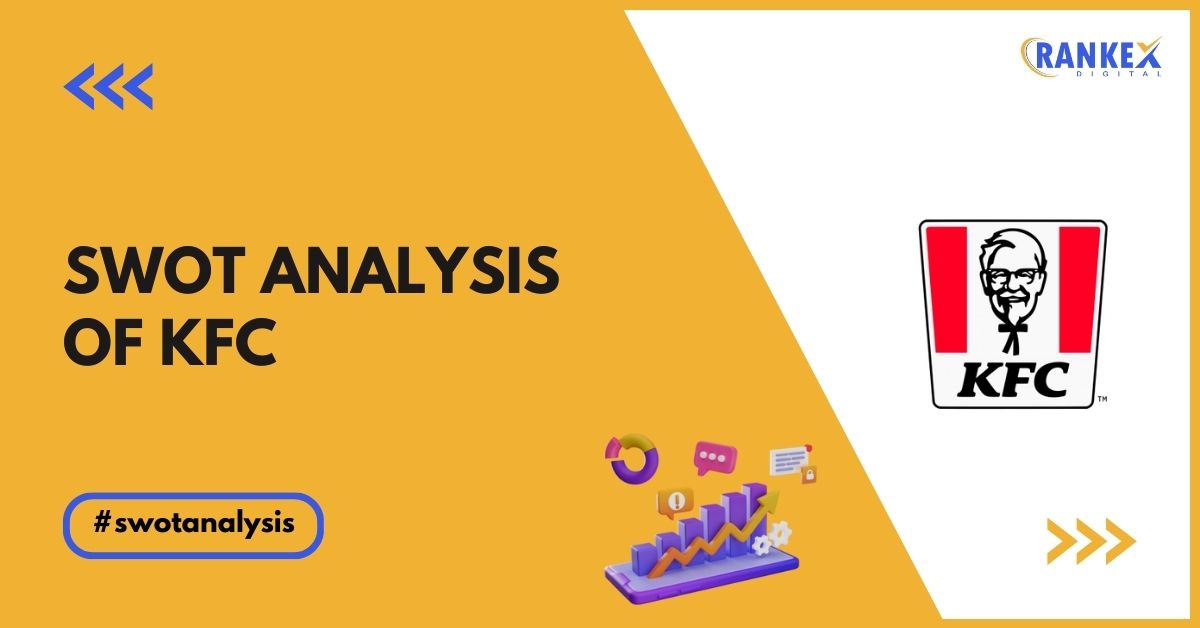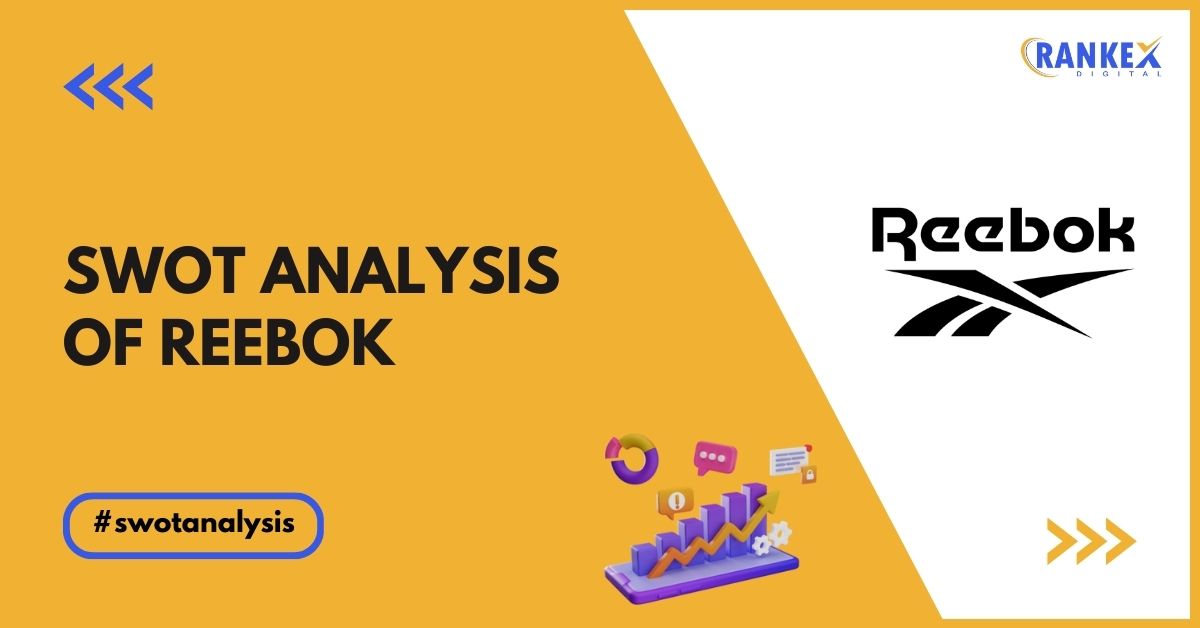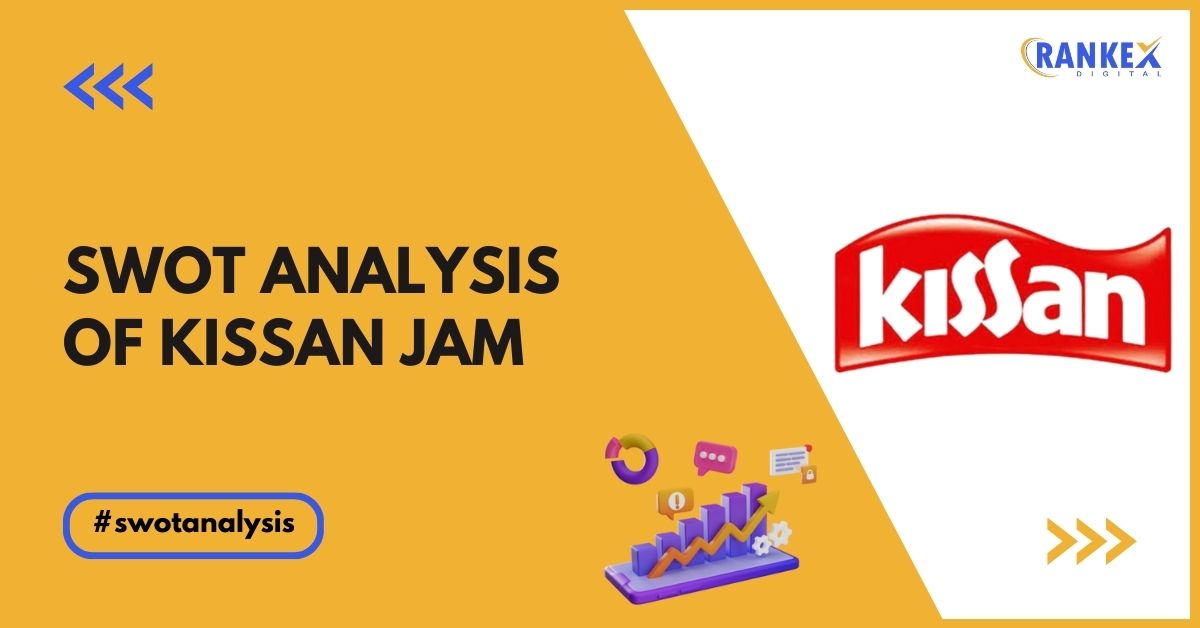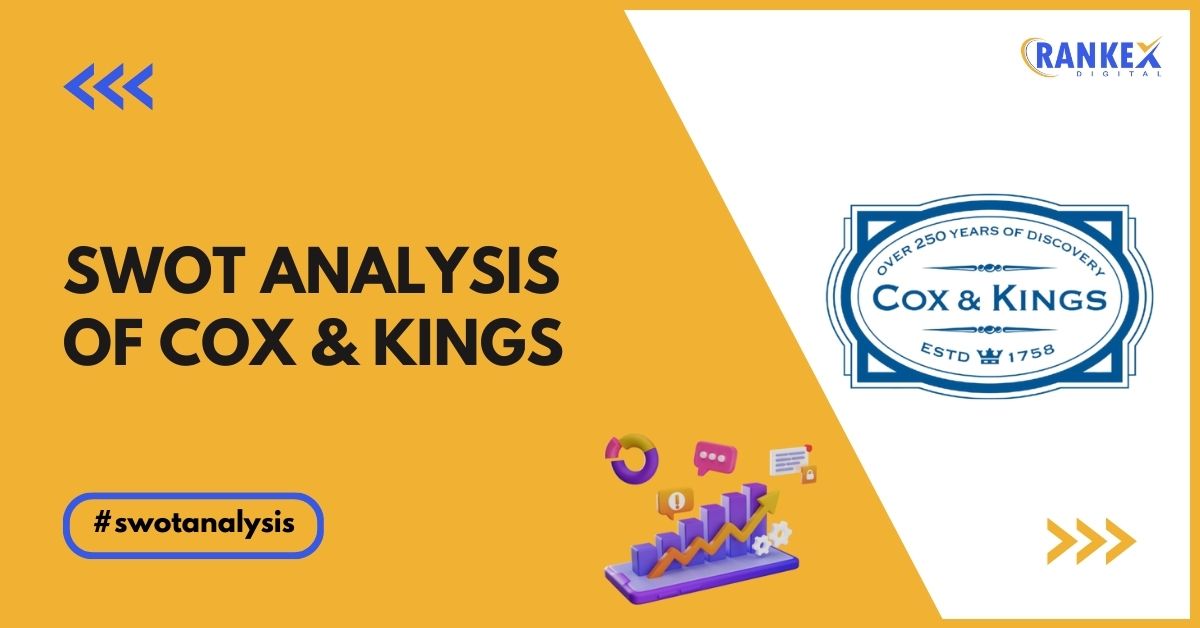KFC (Kentucky Fried Chicken), one of the largest fast-food chains globally, is renowned for its fried chicken and iconic secret recipe. As consumer preferences evolve, it’s vital to analyze the strengths, weaknesses, opportunities, and threats (SWOT) facing KFC to assess its competitive position and growth strategies.
This article provides a comprehensive SWOT analysis of KFC, exploring the key factors shaping its market presence.
Table of Contents
Overview of KFC
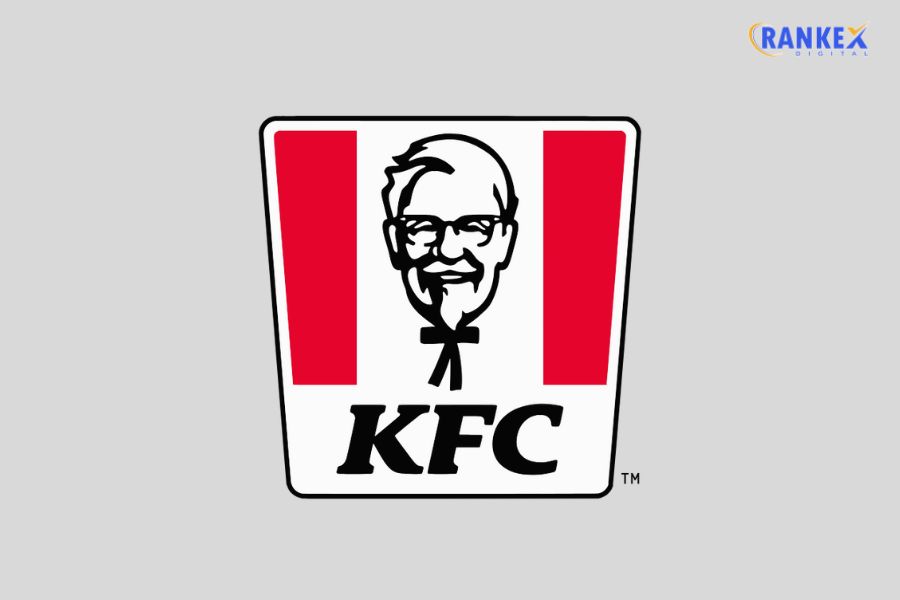
KFC, founded by Colonel Harland Sanders in 1952, is a subsidiary of Yum! Brands, Inc. With a presence in over 150 countries, KFC has maintained its position as a leading fast-food chain, known for its fried chicken and diverse menu options.
Quick Stats About KFC
| Founder | Colonel Harland Sanders |
|---|---|
| Year Founded | 1952 |
| Origin | Kentucky, USA |
| Parent Company | Yum! Brands, Inc. |
| Industry | Fast Food |
| Annual Revenue | $31 Billion (Yum! Brands, FY 2023) |
| No. of Locations | 25,000+ (Globally) |
SWOT Analysis of KFC
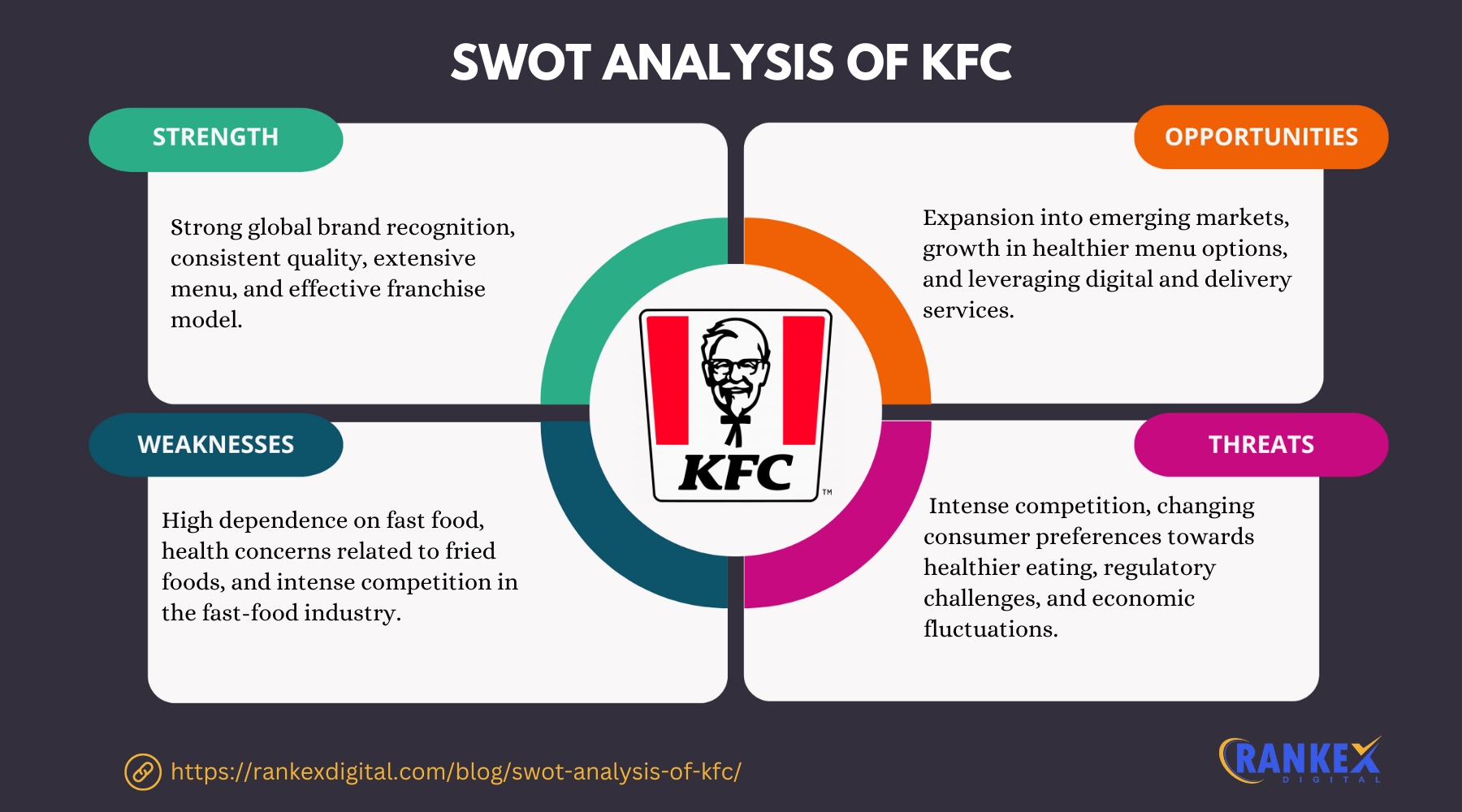
Strengths of KFC
Strong Global Brand Recognition:
KFC is one of the most recognized fast-food brands, with a significant presence in over 150 countries. This brand power enables KFC to maintain high consumer trust and loyalty, which is crucial in the competitive fast-food market. The iconic “Colonel Sanders” figure and KFC’s signature fried chicken recipe have become synonymous with quick, tasty comfort food worldwide. This level of brand recognition also makes KFC a preferred choice for franchise investors, giving it an advantage when entering new markets.
Diverse Menu Offerings:
While KFC is primarily known for its fried chicken, it has expanded its menu to include a variety of other items such as burgers, wraps, rice bowls, and plant-based options. This diversification helps the brand cater to a broader range of dietary preferences and cultural tastes. By offering items like vegetarian and vegan meals, KFC taps into the growing demand for alternative diets, while still capitalizing on its core fried chicken offerings. This strategy enhances its appeal in global markets where chicken consumption is high but dietary needs vary.
Franchise Model:
KFC operates primarily through a franchise business model, which allows the company to grow quickly with limited capital expenditure. This model enables local entrepreneurs to run franchises, allowing KFC to scale its business globally with minimal investment in store management. The franchise model also helps maintain consistency across markets while allowing for localized marketing strategies. KFC’s franchisees benefit from strong brand support, operational know-how, and marketing assistance, making it one of the most attractive fast-food franchises.
Innovation in Marketing:
KFC is known for its creative and innovative marketing campaigns. The company has leveraged digital platforms, social media, and traditional advertising to engage consumers in unique ways. From viral campaigns like the “Chicken Bucket Emoji” to limited-edition products marketed through influencers, KFC excels at capturing attention and staying relevant. This innovative approach helps it maintain brand relevance, especially with younger, digital-savvy consumers.
Efficient Supply Chain:
KFC’s well-established and integrated supply chain is a key strength. The company has developed strategic partnerships with suppliers to ensure a consistent quality of ingredients across all markets. This supply chain efficiency helps KFC scale operations and maintain quality control, even in new and emerging markets. Moreover, by sourcing locally where possible, KFC reduces costs and ensures fresher ingredients, enhancing its appeal to health-conscious and environmentally aware consumers.
Weaknesses of KFC
Health Perception:
KFC’s core products, such as fried chicken, are often viewed as unhealthy due to high fat, calorie, and sodium content. As consumer preferences shift toward healthier eating, KFC faces challenges in health-conscious markets. Despite efforts to introduce healthier items, KFC is still largely perceived as an indulgent fast-food brand. This can limit its customer base in regions where consumers are increasingly focused on nutrition and wellness.
High Dependence on Fried Products:
Although KFC has diversified its menu, it still relies heavily on fried chicken for the majority of its sales. This dependence limits its ability to pivot in response to shifting consumer demand toward healthier food options. The dominance of fried products can also restrict KFC’s appeal in markets where alternative cooking methods like grilling or baking are more popular.
Operational Challenges:
Maintaining consistent quality and operational standards across thousands of franchise locations can be difficult. Quality control issues, such as food safety violations or inconsistent customer service, can harm the brand’s reputation. Furthermore, the challenge of ensuring that all franchisees adhere to the same level of operational efficiency can result in customer dissatisfaction.
Price Sensitivity:
In some markets, particularly in emerging economies, KFC is considered a premium brand. Its products are often priced higher than local competitors or other fast-food chains, making it less accessible to price-sensitive consumers. This can limit its growth potential, especially in regions where consumer spending power is lower.
Environmental Concerns:
KFC has faced criticism regarding the environmental impact of its packaging and sourcing practices. The use of non-recyclable packaging and concerns about unsustainable sourcing of ingredients like palm oil have led to negative perceptions among environmentally conscious consumers. Addressing these issues is essential to maintaining consumer trust and loyalty.
Opportunities for KFC
Expansion in Emerging Markets:
There is significant growth potential for KFC in emerging markets, particularly in Asia, Africa, and the Middle East, where the demand for quick-service restaurants is rising. As disposable incomes increase and urbanization accelerates, KFC can capitalize on the growing consumer base in these regions. Strategic expansion through localized offerings and franchise partnerships will enable KFC to tap into these lucrative markets.
Menu Customization for Local Preferences:
Developing region-specific menu items allows KFC to cater to local tastes and preferences. This strategy has proven successful in markets like India, where KFC offers vegetarian options and spicy versions of its chicken, and in East Asia, where rice-based meals are popular. Customizing the menu to align with cultural food habits can boost KFC’s popularity and attract a broader customer base.
Digital Transformation:
The growing reliance on technology presents a significant opportunity for KFC. Investing in mobile apps, online ordering systems, and delivery services can enhance customer convenience and drive sales. Digital transformation also allows KFC to collect valuable consumer data, which can be used for personalized marketing, customer engagement, and improving the overall user experience.
Healthier Menu Options:
With increasing health awareness, KFC has the opportunity to introduce more health-conscious items, such as grilled chicken, salads, and plant-based alternatives. By capitalizing on this trend, KFC can appeal to health-conscious consumers without compromising on its core brand identity. Developing and marketing these healthier options can expand KFC’s reach in markets where there is growing demand for low-calorie and nutrient-rich meals.
Sustainability Initiatives:
KFC can strengthen its brand by adopting eco-friendly practices, such as using biodegradable packaging, reducing food waste, and sourcing ingredients from sustainable suppliers. These initiatives will not only enhance its reputation but also appeal to environmentally conscious consumers. Committing to sustainability will position KFC as a forward-thinking brand, ready to address global environmental challenges.
Threats to KFC
Intense Competition:
KFC faces tough competition from other global fast-food chains such as McDonald’s, Burger King, and Subway, as well as local and regional brands. These competitors often offer similar products at competitive prices, which can erode KFC’s market share. The fast-food industry is highly saturated, and consumer loyalty can be fickle, increasing the threat of losing customers to rival chains.
Changing Consumer Preferences:
As consumers become more health-conscious, the demand for fried and fast food may decline. KFC’s menu, heavily reliant on fried items, may struggle to keep pace with the shift towards healthier, fresher, and more natural food options. Failing to adapt quickly to these changes could lead to a loss of market share.
Economic Uncertainty:
Economic downturns, inflation, or shifts in exchange rates can affect consumer spending habits, particularly in emerging markets where KFC is expanding. During recessions, consumers tend to reduce spending on non-essential items, including dining out. This economic sensitivity poses a threat to KFC’s long-term profitability.
Supply Chain Disruptions:
KFC’s operations rely on a complex supply chain that includes sourcing raw materials such as chicken, oils, and packaging. Any disruptions, such as those caused by global crises, pandemics, or natural disasters, can severely impact KFC’s ability to maintain quality and service. Additionally, fluctuations in commodity prices (such as poultry) could lead to increased costs and affect profit margins.
Regulatory Challenges:
The fast-food industry is increasingly regulated, with governments introducing policies related to health standards, environmental impact, and advertising practices. Stricter regulations on salt, fat, and sugar content in foods could affect KFC’s menu offerings. Similarly, new environmental laws could increase operational costs related to packaging and waste management.
Conclusion
The SWOT analysis of KFC highlights its strengths in brand recognition, menu diversity, and efficient operations. However, the company faces challenges in health perception, operational consistency, and price sensitivity. Opportunities for KFC lie in expanding to emerging markets, introducing healthier menu items, and embracing digital technologies. At the same time, threats from competition, regulatory pressures, and shifting consumer preferences must be addressed to sustain its leadership in the fast-food industry.
Frequently Asked Questions
- What is KFC’s biggest strength in 2025?
KFC’s biggest strength remains its strong global brand recognition, diverse menu offerings, and successful franchise model, which allows for consistent growth. - How is KFC addressing health concerns?
KFC is introducing healthier menu options, including grilled chicken and plant-based products, to cater to health-conscious consumers and adapt to changing dietary preferences. - What are the key opportunities for KFC?
KFC has opportunities to expand in emerging markets, enhance its digital presence through delivery services and apps, and innovate with region-specific menu items to attract local customers. - What challenges does KFC face in maintaining growth?
KFC faces challenges such as intense competition, the global shift toward healthier eating habits, supply chain disruptions, and increasing regulations on fast food. - How is KFC promoting sustainability?
KFC is adopting sustainability initiatives, such as reducing packaging waste, improving its supply chain for sustainable sourcing, and focusing on eco-friendly operations.

